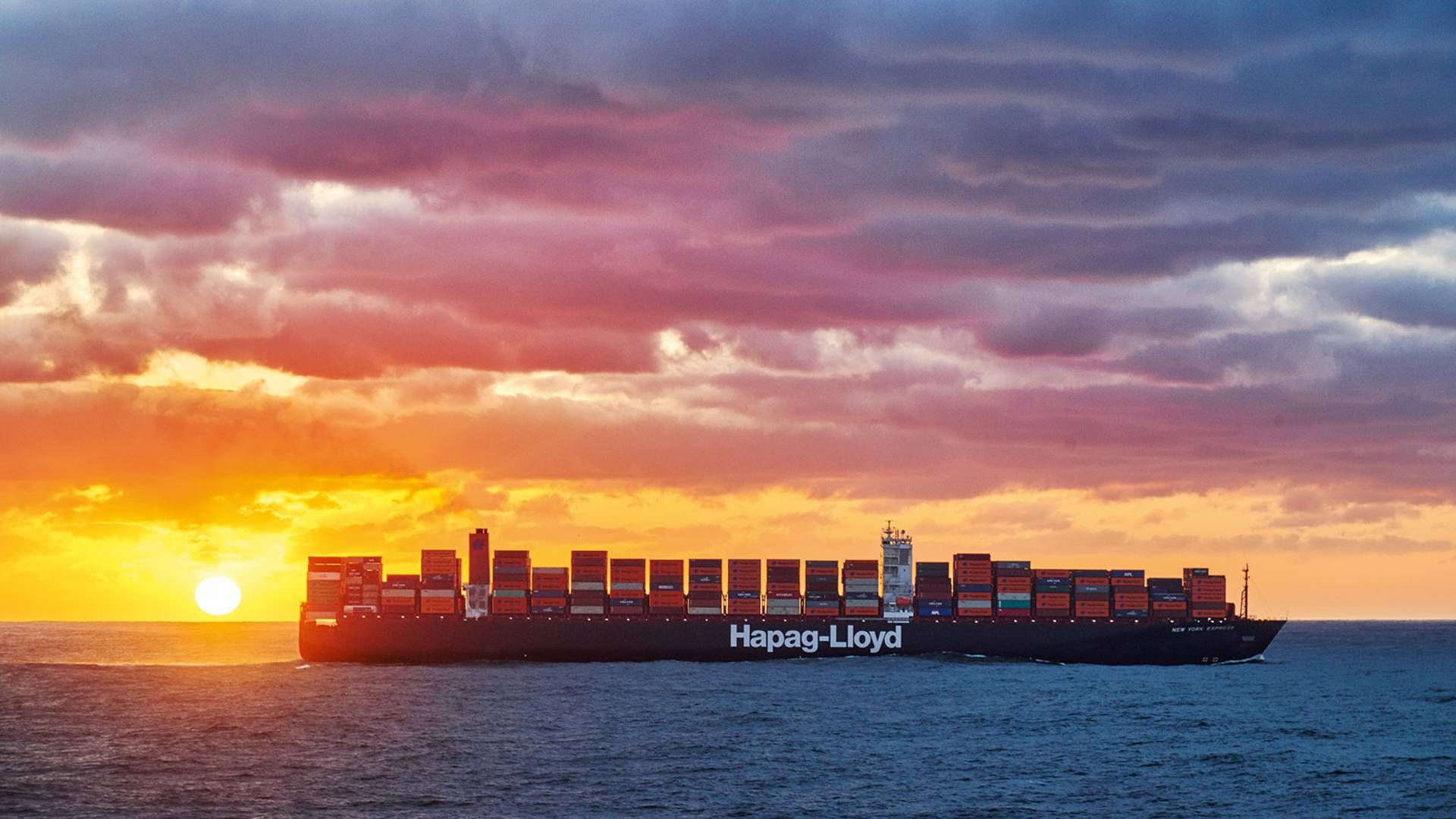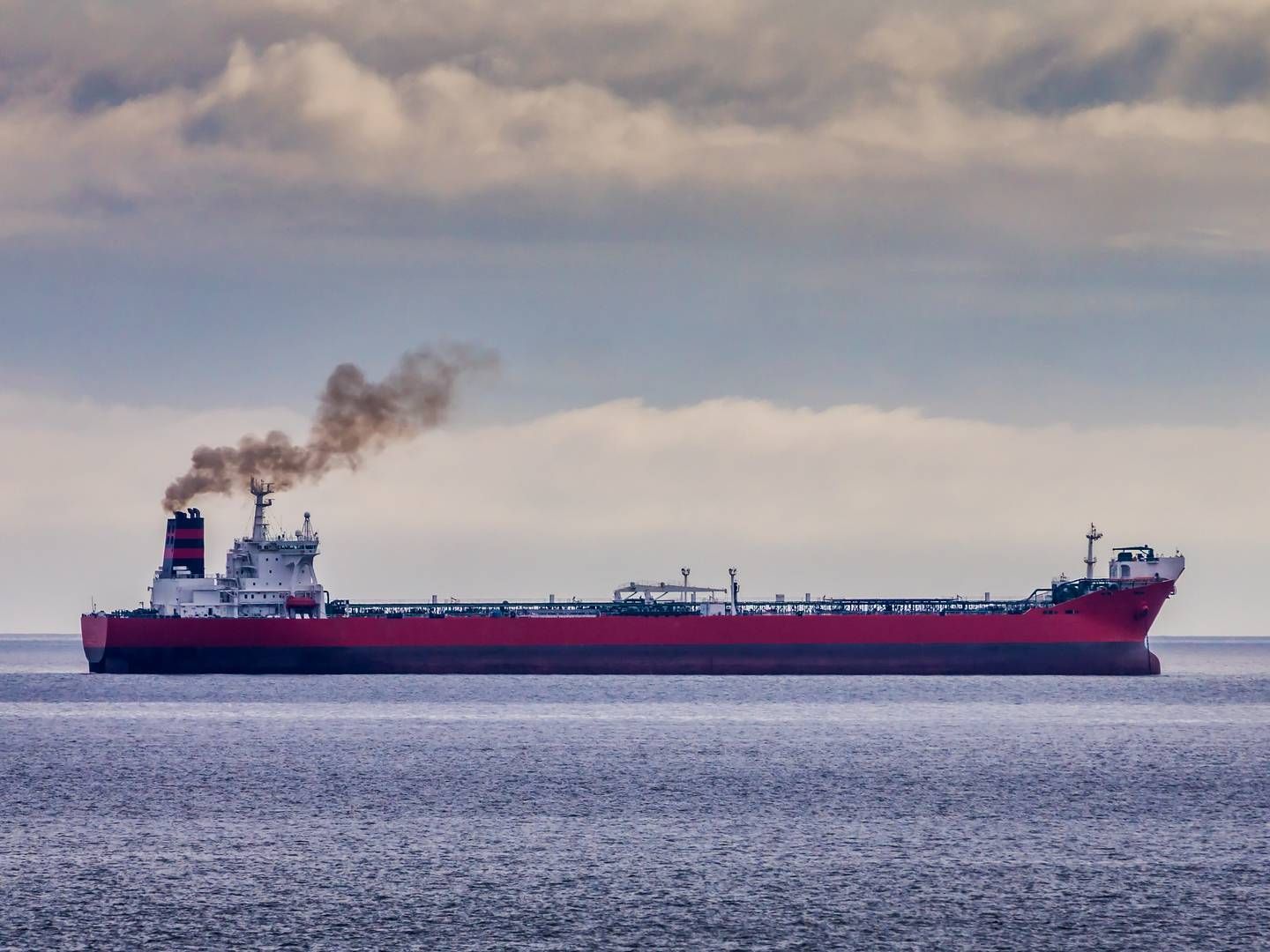Hapag-Lloyd calls for alteration as CII "does not make sense"

One of the world’s largest container carriers, German Hapag-Lloyd, argues that the International Maritime Organization’s (IMO) climate regulation CII should be modified due to the flawed nature of the current calculation method.
“We do expect that the calculation method for the CII will be amended to a more effective method creating sensible results,” says Nils Haupt, Head of Corporate Communications at Hapag-Lloyd, to ShippingWatch.
CII is calculated on basis of the so-called Annual Efficiency Ratio (AER). This has already been criticized, because it takes a ship’s maximum freight capacity into account instead of the actual transported cargo.
Roar Ådland, shipping professor at the Norwegian School of Economics in Bergen, has also argued that the calculation method is the reason why CII does not work as a CO2 regulation.
“Mainly because it is based on the DWT of a vessel and not whether the ship has cargo onboard, which would give the true intensity (emissions per tonne-mile of cargo),” read a yesterday comment to ShippingWatch from the professor, who overall deems CII ”irrelevant.”
Launched different measures
Hapag-Lloyd has launched several measures to ensure compliance with the regulation including monitoring of the fleet, optimization, retrofitting of ships as well as 12 upcoming newbuilds that will be able to sail on liquefied natural gas (LNG).
“Certainly we are intensively working on emission reduction and efficiency of our fleet for many years,” Haupt states.
The German carrier gives an example of why the regulation in its current state does not make sense.
“Presently, a vessel not sailing and staying in port has the worst CII rating despite it is creating close to zero emissions. This does not make any sense and will need to be corrected,” Haupt says.
When a ship is lying still but still emits CO2 from its auxiliary engine, the rating is affected negatively. This is the case because AER is calculated from the actual annual emissions divided with the ship’s weight (dwt) and multiplied with the sailed distance.
Another way
There is another option when it comes to CII’s calculation method.
Dr Elizabeth Lindstad, chief scientist at Sintef Ocean, has previously highlighted an alternative to ShippingWatch. She suggests using EEPI, which only measures distances sailed with cargo onboard.
”EEPI is significantly better than AER and it’s something that could easily be passed. It’s almost as if one could have just agreed that the distance to be reported for all types of ships should only be the distance traveled with cargo,” Lindstad told ShippingWatch last year.
As ShippingWatch mentioned yesterday, Lloyd’s Register’s Principal Specialist Matthew Williams has previously pointed out that the IMO’s fuel consumption database is only compatible with AER, which could explain why AER has been chosen.
Shipping professor about CII: “It’s an irrelevant piece of regulation”
Seaspan wants central CII clause settled – “It’s really becoming urgent”
Disagreement within Bimco on responsibility for ships poor climate ratings
Leading carriers think new climate regulation could create need for more ships
Shipping companies employ familiar tools to prepare for new climate regulation
Carriers uncertain about their ship emissions – CII becomes reality in 87 days




















